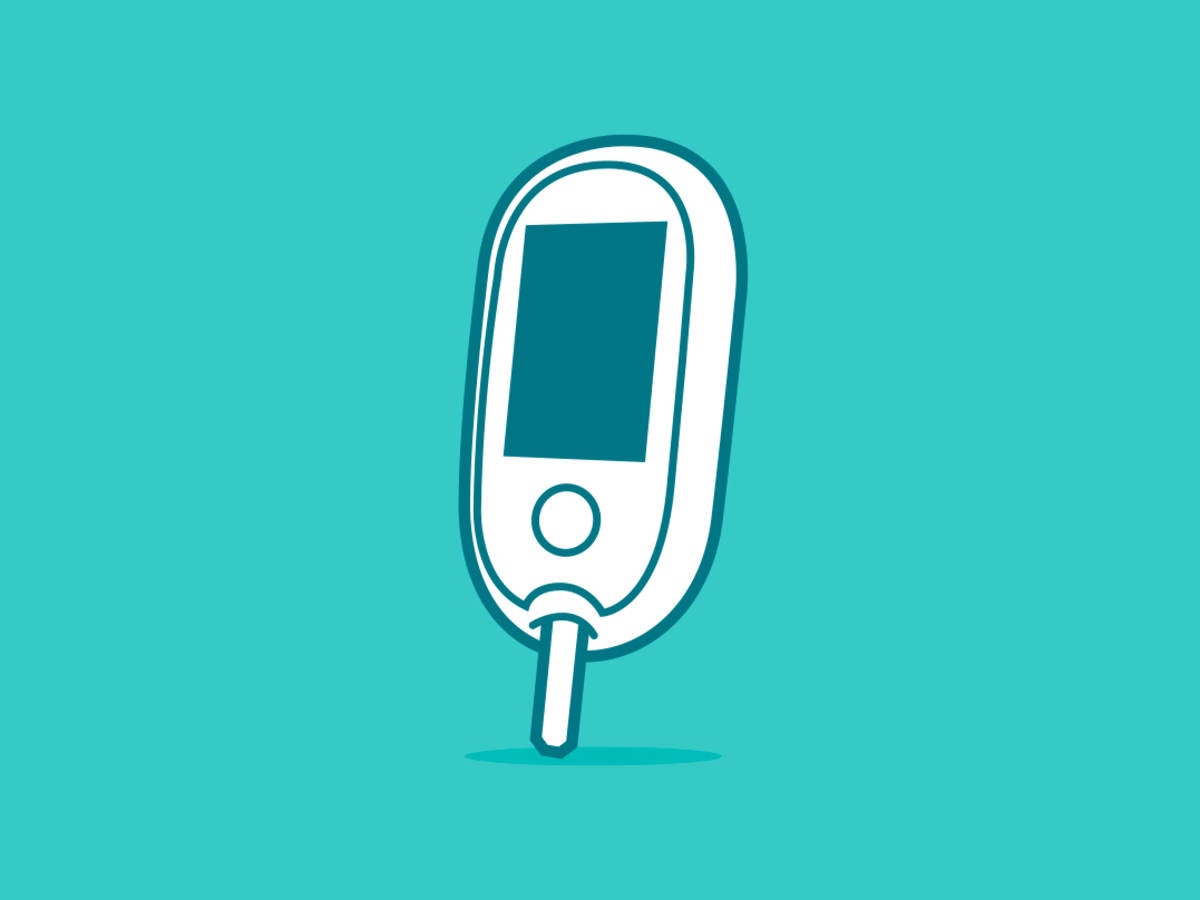April 15, 2020
 What is inclusive design?
What is inclusive design?
The British Standards Institute (2005) defines inclusive design as: “The design of mainstream products and/or services that are accessible to, and usable by, as many people as reasonably possible ... without the need for special adaptation or specialised design.”
Although somewhat humorous, the comic above makes a poignant case for inclusive design: all of the children hoping to enter the building can use the ramp, thereby making it more inclusive than the stairs – and enabling the snow shoveler to expend less energy than if they had shoveled both the stairs and the ramp.
Why should my company care?
Let’s consider the comic above. In this case, we can equate the snow shoveler to a product manufacturer, and the children to the product’s users. Many manufacturers might argue that users like the child in the wheelchair are “edge cases” (i.e., extreme and/or unlikely cases), leading them to assume these users are outside the targeted majority and, therefore, ignore their needs. However, inclusive design rejects this way of thinking because although these users might be a minority, they are nonetheless using the product and, therefore, subject to risk if the product is not designed to accommodate their needs.
By employing inclusive design practices, such as shoveling the ramp before the stairs, you can help your users and your business simultaneously. In her book, Mismatch: How Inclusion Shapes Design, Kat Holmes describes four very likely key business benefits associated with implementing inclusive design. Below, we summarize these points, alongside an example of how they might relate to a medical device development effort.
1. You will learn about the needs of various types of your users
When developing a new product, it is critical to first understand the users’ needs. However, users are not “one size fits all.” A product’s users can vary in educational level, race, gender, physical ability, and more, which can result in a myriad of varied user needs.Consider a home-use breast pump, a medical device intended for use by all individuals with the ability to give birth. By definition of the device’s users, the device serves a user population encompassing a range of ability and educational levels. For example, consider a female with a rare vision disorder that reduces her visual acuity and ability to see color. Although her needs may vary significantly from the “typical” user, she is still considered a representative user. By involving these types of users in user research activities (e.g., interviews, surveys, focus groups, usability tests), you might learn about their unique needs that your initial product design did not consider.
2. Your product will reach more people
By considering more types of users at the beginning of product/service development, you inevitably expand your user base, enabling more individuals to enjoy your product.
Imagine a situation wherein the visually impaired female discussed above continuously struggles to distinguish the buttons on the breast pump’s interface, leading her to frequently mistakenly turn off the device during a pumping session. This abrupt end to the pumping session might not only frustrate her, but might also result in an ineffective session, which could also cause later breast pain. Due to a less-than-satisfactory user experience, she might decide to no longer use the device and provide a negative product review related to her difficulty using the product.
Through her abandonment of the product and negative review, this seeming “edge case” has the potential to shrink the customer base.
Alternatively, when a company employs inclusive design strategies, users of varied abilities are more likely to be able to safely and effectively use the product, thereby growing the number of potential users and, therefore, buyers.
3. You will think and find solutions outside of your current boundaries
If, during a product development effort, you choose not to seek feedback from your users and you forego inclusive design, you might be missing the opportunity to identify creative design solutions you previously did not consider. For example, if the child in the wheelchair never proposed shoveling the ramp first, the individual shoveling might not have considered this solution. Similarly, if you (the manufacturer) do not pursue an inclusive design solution, you might not anticipate how “edge case” users could face difficulties using your product or service.
Thinking back to the visually impaired breast pump user, she might decide to personally trace the button labels in black marker, creating higher contrast between the label and its lightly colored background. Rather than abandoning the breast pump altogether, this user made modifications to the device to fit her needs. With a small change informed by her perspective, she makes the product more accessible to individuals with visual impairments and simultaneously provides manufacturers with a springboard for new, innovative solutions. By conducting user research activities such as contextual inquiry or usability testing, a manufacturer might uncover similar findings to inform improved design.
As noted above, by executing inclusive design methods that either directly include or at least consider perspectives of the “edge cases,” manufacturers might identify opportunities to “think outside the box” and develop thoughtful solutions that can differentiate their product from their competitors.
4. You will avoid expensive, reactive design changes
Whether it is providing users with customer support, redesigning a product, recalling an entire product line or – in some cases – handling lawsuits, dealing with post-market issues can be extremely costly. In fact, this reality is an inherit risk in the product development process.
In the breast pump example, if you fail to address the visually impaired user’s needs from the beginning, a safety-related incident might lead to increased customer support required, a lawsuit, or a recall. By contrast, employing inclusive design strategies can help minimize this risk by anticipating potential issues certain users might experience with your product, and designing them out before the product goes to market. Considering these users and their needs throughout the design and development process will help you develop a product that will prevent the need for implementing these inclusive design changes after the fact.
Through our active commitment to recognizing and accommodating a product’s diverse range of users, we hope to help build a world in which all manufacturers shovel the ramp before the stairs.
Alexandra Benbadis is Senior Human Factors Specialist and Samantha Levy is Human Factors Associate at Emergo by UL’s Human Factors Research & Design division.
Learn more about HFE and usability testing for medical devices:
- HFE user research support for medical devices and IVDs
- Medical device and product evaluation and usability testing
- Webinar: Human factors engineering for medical devices
Request information from our specialists
Thanks for your interest in our products and services. Let's collect some information so we can connect you with the right person.



